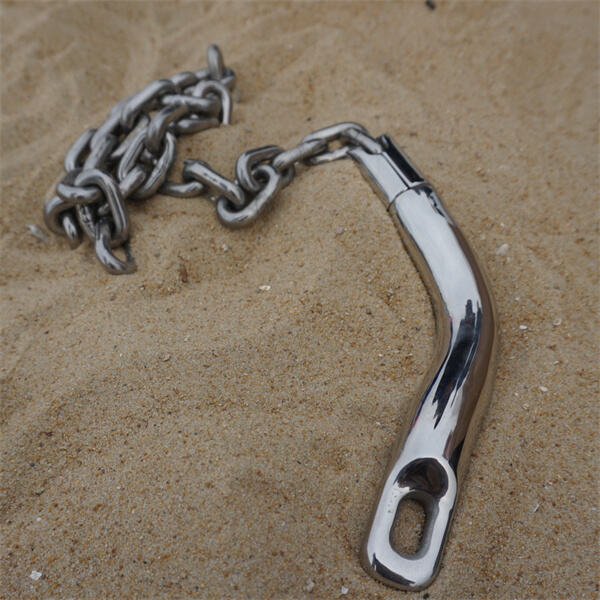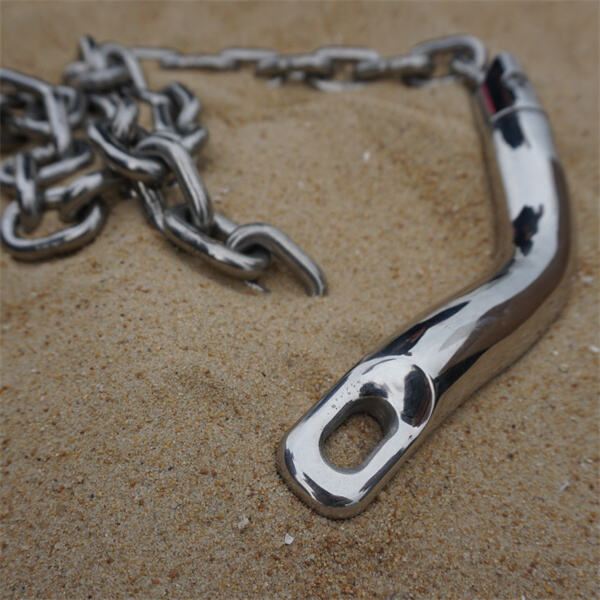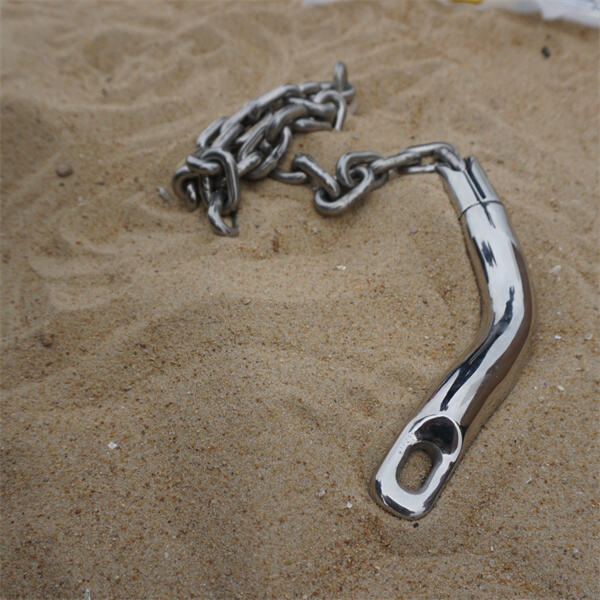المرساة هي كائن ثقيل كبير تساعد في الحفاظ على سلامة السفينة وتثبيتها في مكان واحد. تقوم المرساة بالانغرار في السطح تحت الماء لمنع السفينة من التخبط والانجراف. إنها أداة قديمة تم استخدامها منذ وقت طويل وطرا عليها الكثير من التغيير على مر السنين. هناك أنواع مختلفة من المراسي المستخدمة في القوارب، ولكل مرساة تصميمها ووظيفتها الفريدة. كما كانت المراسي رموزًا لعدة ثقافات وأديان تمثل القوة والسلامة والأمل.
المرساة خطاف معدني ضخم يُثبّت السفينة في مكانها. تستخدم السفينة المرساة كخطاف يُثبتها في قاع البحر، مما يمنعها من الطفو. هذا أمر بالغ الأهمية، إذ يجب على السفن التوقف في مكان واحد عندما لا تكون في البحر، وخاصةً في العواصف أو البحار الهائجة. فبدون مرساة، قد تنجرف السفينة إلى مياه خطرة وتصطدم بسفن أخرى أو بالشاطئ. والمراسي هي ما يُثبّتها في مكانها ويُمكّنها من البقاء آمنةً عندما لا تكون في البحر.
تصنع المراسي بحيث تنغرس في قاع البحر. يساعد وزن المرساة في غوصها إلى القاع، وتنغرس الأطراف الحادة منها في الرمال أو الطين لتثبيتها في مكانها. ويُنتج هذا احتكاكًا يمنع المرساة من الانزلاق، ويُحافظ على ثبات السفينة في المياه الطينية. حتى عندما تحاول الرياح والأمواج دفع السفينة، تظل المرساة ثابتة وتُثبت السفينة في مكانها. وهي مراسي لا غنى عنها، وإلا جرفت السفينة بعيدًا.

لقد ظهرت المراسي منذ وقتٍ بعيد جدًا، قبل آلاف السنين. وتطورت عبر الزمن من صخور بسيطة مربوطة بحبل إلى أشكال معدنية لامعة بأحجام وتصميمات مختلفة. كانت المراسي الأولى تُصنع من الخشب أو الحجر أو المعدن، وكانت موثوقة إلى حدٍ ما. تعلّم الناس تدريجيًا كيف يمكن أن تُنتج المواد الأفضل والأشكال الجديدة مرساةً أقوى، وأهم من ذلك، أفضل. ومع مرور القرون، ظهرت تصميمات جديدة. وتُصنع المراسي اليوم من الفولاذ القوي وتحتوي على أجزاء معقدة تسمح لها بإبقاء أكبر السفن في العالم في حالة ثبات.

هناك العديد من أنواع المراسي المستخدمة في القوارب مثلما هناك أنواع خاصة من الأعمال. أكثر الأنواع شيوعاً هو مرساة "الزعانف" أو "الحراثة"، والتي تحتوي على زعانف حادة منحنية تلتف حول قاع البحر. ومنها أيضاً مرساة "الخطاف"، ذات الخطاطيف العديدة التي تنغرز في الصخور أو غيرها من الحطام. كما توجد مراسي "الفطر"، والتي تمتلك قاعدة سفلية كبيرة ومسطحة تُحدث شفطاً لثبات السفينة في مكانها. ويتم استخدام كل من هذه المراسي وفقاً لحجم السفينة، وعمق المياه، وكذلك وفقاً للحالة الجوية.

يتمتع المرساة بأهمية دينية وثقافية عميقة في العديد من الثقافات والأديان. فهي رمز للمأمول المسيحي وحتى جذورها موجودة في الآية bibel "لأن لنا هذا المأمول فكأنه مرسي للنفس، راسخ ومتين." ذات مرة في اليونان القديمة، كانت المرساة رمزًا لإله البحر بوسيidon وصارت فيما بعد رمزًا للقوة والاستقرار. تعتبر الثقافة الكلتية المرساة رمزًا للحماية والتوجيه. وفي الوقت الحاضر، تُستخدم المرساة بشكل متكرر في الوشوم أو على المجوهرات لتعبر عن القوة والمرونة والارتباط بالبحر.